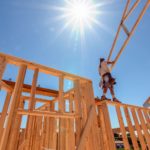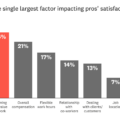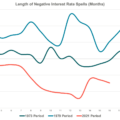Existing Home Sales Disappoint, But Low Interest Rates Are Only Part of the Story
U.S home sales disappointed as a key economic indicator fell more than expected in June. Today the National Association of Realtors announced that existing home sales dropped 1.7% in June from the numbers seen in May. Economists previous consensus had forecasted a drop of only 0.2% in June. The drop was made more disappointing by relative drop of mortgage rates over the last several months, which could have helped boost sales.
However, looking at existing home sales and mortgage rates only tells part of the story about the long-term issues impacting home buying and selling and ignores more fundamental structural barriers to homeownership.
Local supply restrictions around zoning, permitting, and densification are well-intentioned, but do run the risk of driving up the cost of building new housing in those areas, which makes both new and existing homes more expensive than they otherwise would be.
This effect is captured by an often-overlooked part of the NAR data release: the percent change in sales from a year ago by price range. Year over year, there was a dramatic 10% decline in the percent change in sales of existing homes in the $100-$250K category, and a whopping 18.7% decline in sales from a year ago in the $0-100k category. Both of those are relative to a drop of only 2.2% in overall home sales year over year, and an actual increase of approximately 1% in the $250K-$750K categories. Fewer buying opportunities at these lower price points means a loss of important options for consumers, which will create drag on the topline sales rate overall.
So what does this mean for home services?
Home buying and selling creates a lot of organic demand for home services and a decline in sales presents a potential headwind but dropping interest rates for loans increases the incentive to renovate and do work on one’s existing home. This could mitigate the effects of lower buying activity if not outweigh them altogether.







 Press & Media Inquiries
Press & Media Inquiries Angi Economics
Angi Economics